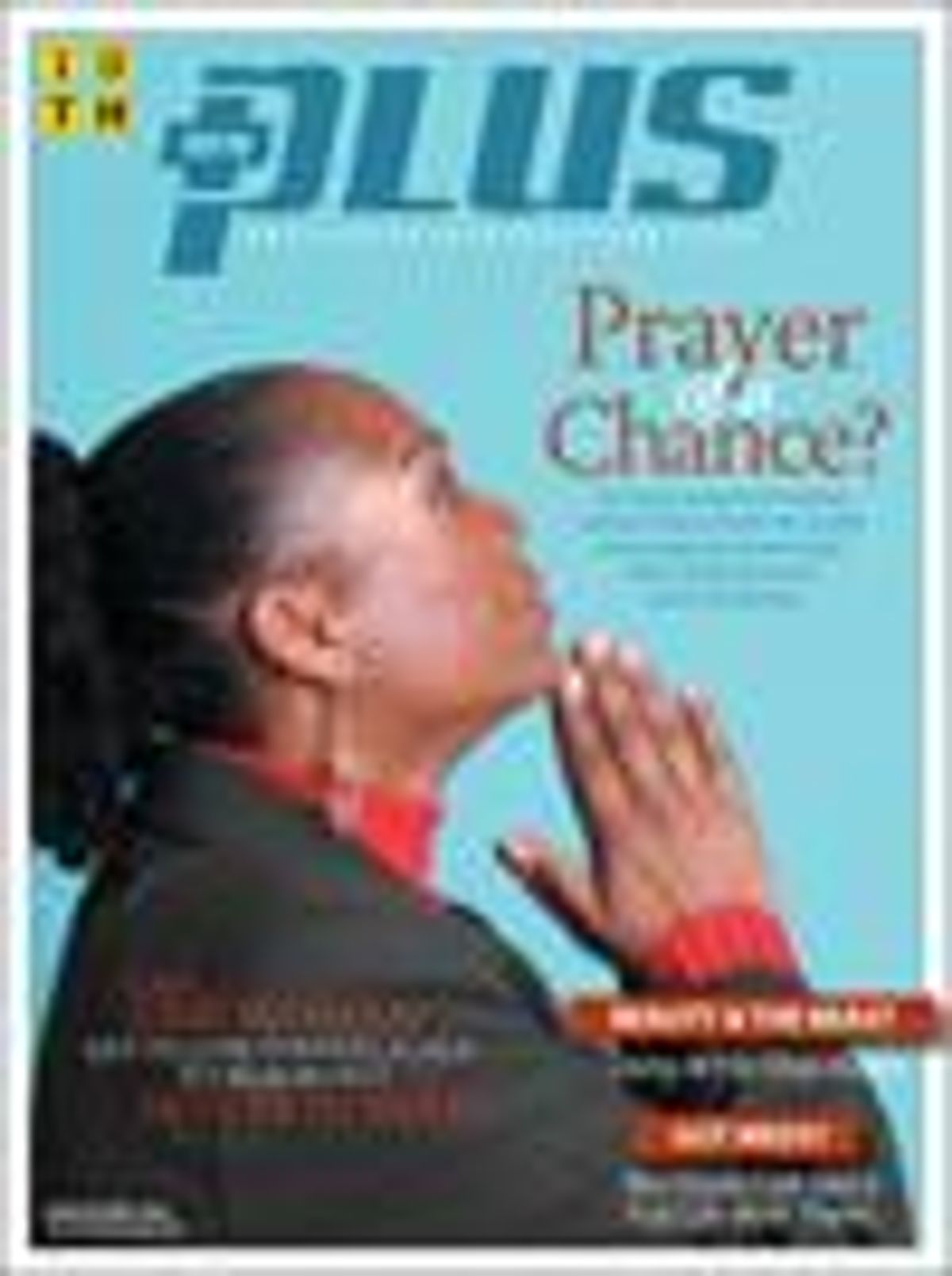All Rights reserved
By continuing to use our site, you agree to our Privacy Policy and Terms of Use.
A study showing an alarming number of hard-to-treat methicillin-resistant Staphylococcus aureus infections among gay men created a firestorm of speculation that the bacteria might be an emerging sexually transmitted disease that is wildly spreading among gay men--with some even calling MRSA the 'new HIV.' But lost in the media frenzy was the fact that many of the staph cases were reported among HIV-positive men--and the possibility that having a weakened immune system, not sexual activity, heightened the risk for MRSA infection. So what can HIVers do to protect themselves from infection with the pesky bacteria? HIV Plus checked in with treatment experts to give you a wide range of tips to keep the harmful bacteria at bay. Everyday Prevention > Keep wounds covered. Keep cuts clean and covered with sterile bandages to prevent MRSA from entering through the wounds, says Gervais Fr'chette, MD, an HIV specialist with private practices in New York City and San Francisco. > Do not squeeze or pick sores. Picking at or squeezing a lesion can spread the bacteria to your hands or send it throughout your body, where it can cause more serious infections, says Michael Horberg, MD, director of HIV policy for national HMO Kaiser Permanente. > Wash your hands. Hand washing removes germs, including MRSA bacteria, Horberg says. Use hand sanitizer when soap and water aren't accessible. > Shower after sex. Showering soon after sex, Fr'chette says, can remove staph bacteria acquired through skin-to-skin contact. >Don't share personal items. Towels, razors, athletic equipment, clothing, makeup, toiletries, and other items can harbor and transmit MRSA, Fr'chette says. Use your own items and never lend them to others. > Use a clean towel at the gym. Wipe down gym equipment before and after use, says Horberg, and place a clean towel on it during use so there's a barrier between your skin and the equipment. Wash your hands after using weight-lifting machines or free weights. And always sit on a towel and wear sandals or flip-flops in a health club sauna. > Shower after working out or a sporting match. This can help remove bacteria picked up from athletic equipment or from skin-to-skin contact, says Horberg. Be sure to wear sandals or flip-flops here too. > Wash gym clothing after each use. Clothes that come in contact with MRSA bacteria can harbor germs and spread them to your skin the next time you wear them, says Fr'chette. > See your doctor. If you have a sore or cut that becomes infected or doesn't heal, seek medical attention and ask to be tested for MRSA. Hospital and Clinic Prevention More than 90% of U.S. drug-resistant staph infections occur in hospitals and other medical facilities. But there are some steps that you, as a patient, can take to protect against infection. > Wash your hands often. > Ask all hospital workers to wash their hands or use a hand sanitizer before touching you or your medical equipment. > Make sure intravenous tubes and catheters are inserted under sanitary conditions. > Ask your health care providers to wear masks and gloves. Tips+ToolsDo you know the symptoms of MRSA to watch for? Officials at the Mayo Clinic say lesions usually start as small red sores that can resemble pimples, boils, or spider bites, but they can quickly develop into painful, pus-filled abscesses that require treatment. Get it right away.













































































